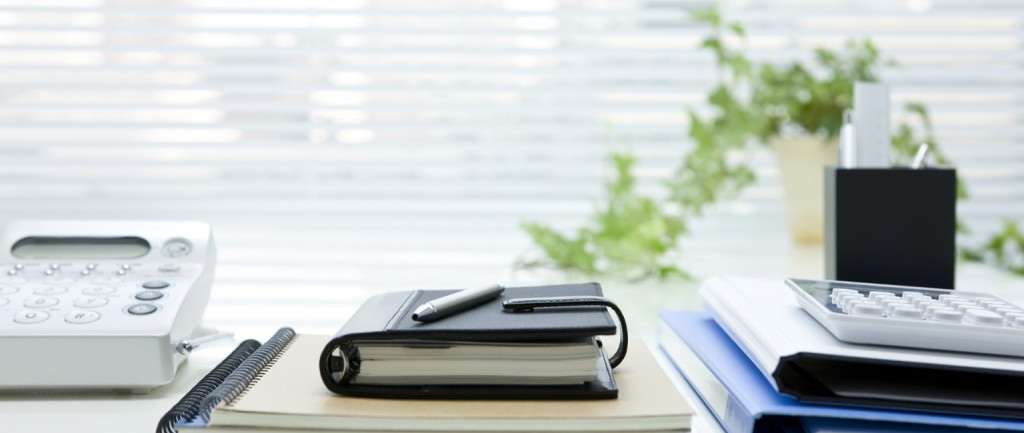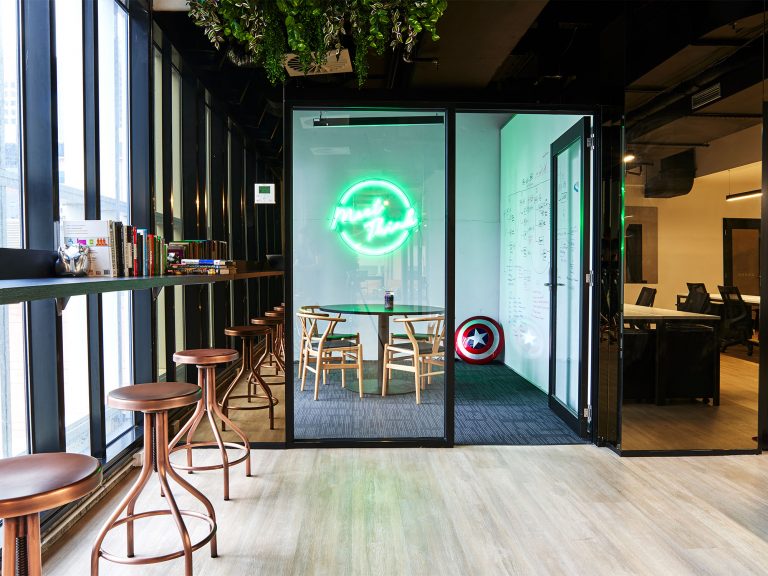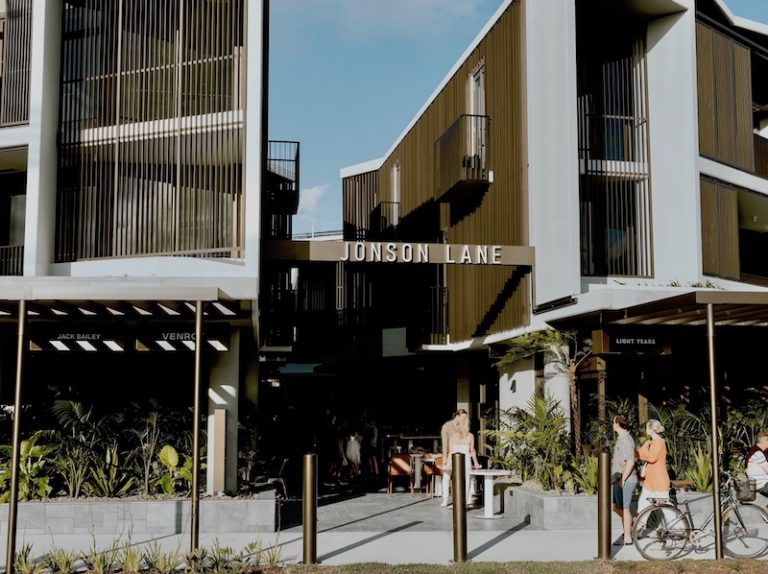Office fitouts: 10 ways it’s easy to be green

“Going green” can mean different things to different people. However, amid all the buzz words it’s easy to lose track of what going green in office fitouts really means.
Think about it as being a global term for everything that makes a positive impact on our environment.
When companies talk about sustainability, carbon offsets or zero-emissions, for the most part it’s a very good thing – it means our environmental consciousness is growing and environmental considerations are starting to play a part in our decision making.
Going green has certainly been systemised (for example, the creation of the Green Building Council) but this can leave clients facing mountains of technical information, choices and costs associated with “greening” their office space.
I prefer to follow a much simpler approach, where the environmental benefits are easily identifiable and the cost of implementation is low.
For me, it is about making clients aware of the good environmental choices available, the benefits that can flow from making these choices and their cost.
Going green is about introducing systems, processes and products into our office designs that consume fewer natural resources, save energy, reduce waste and minimise pollutants.
There is no great design behind specifying automatic lights, space and containers for recycling or for suggesting to our clients that perhaps they should consider re-using existing furniture. I do this all the time. Let’s call this going “light green”.
If recycling office waste, reusing existing furniture and automatic lights were adopted globally, it would have an enormous impact on the environment.
As an office designer, I actively encourage our clients to consider the following 10 simple things when fitting out their office:
- Plasterboard partitions that use EC08 plasterboard.
- Energy efficient whitegoods.
- All new furniture is GECA-certified.
- Room lighting controlled by motion sensors.
- Window blinds with a VLT (visible light transmission) of less than 10%.
- General lighting on timer and with a master switch.
- Allocation of areas for plants to help improve the quality of indoor air.
- Office design that maximizes natural light.
- Painting using low VOC, GECA-approved paint system.
- Reuse and adaption of existing furniture and joinery instead of buying it new.







